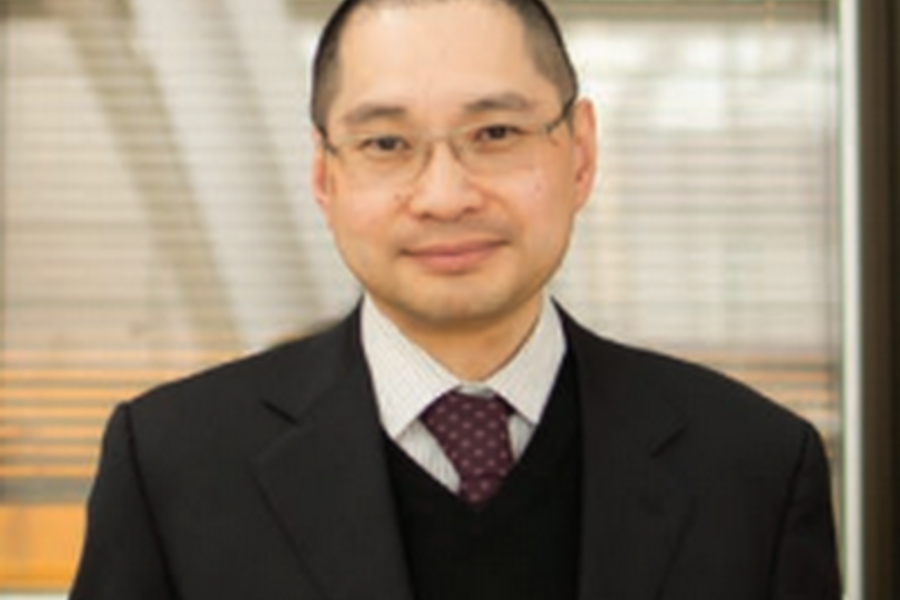Memory Clinics Research Database
Spotlight On: Dr. David Tang-Wai
March 2, 2020
How can we better understand the similarities and differences between different types of dementias? One important way is by gathering the same health information and administering the same tests on people living with different dementias across Toronto’s academic memory clinics. This is what is currently being done through the Memory Clinics Research Database project, co-led by Dr. David Tang-Wai, Associate Professor in Neurology and Geriatric Medicine at the University of Toronto, Co-Director of the University Health Network’s Memory Clinic, Clinical Investigator at the Krembil Brain Institute and a member of TDRA’s Clinical Research Core.
For many years, Toronto’s academic memory clinics at Sunnybrook Health Sciences, Baycrest, the Centre for Addiction and Health, University Health Network, and St. Michael’s Hospital were collecting different types of information and test results from people living with dementia. To standardize this collection, the Toronto Dementia Research Alliance’s executive and researchers ꟷ including Dr. Tang-Wai, Dr. Morris Freedman from Baycrest, Dr. Sanjeev Kumar from the Centre for Addiction and Mental Health, and Dr. Sandra Black from Sunnybrook Health Sciences and TDRA's current Executive Director ꟷ all worked together to create a standard tool to assess dementia known as the Toronto Cognitive Assessment (TorCA). The TorCA takes about 30-40 minutes to complete and detects the early stages of memory impairment by testing various aspects of thinking, such as memory, language, visuospatial abilities, multitasking and attention.
To make the TorCA results available for research purposes, these data needed to be stored and accessed electronically. With funding from Brain Canada, Dr. Tang-Wai co-led the creation of the Memory Clinics Research Database.
As highlighted by Dr. Tang-Wai, “The database is an example of research embedded in clinical care. Where a person will come in and see us for a medical evaluation to diagnose their type of problem, but at the same time we are collecting information in real time for research.” Currently, standardized patient data – including age, gender, ethnic background, diagnosis, years of education, language, and memory test results – are being input into the database with the patient’s consent.
Most recently, Dr. Tang-Wai and colleagues developed the TorCA on the iPad, making it easier for clinicians to record and take images of cognitive tasks completed by patients. This, along with additional health care information, will be done with tablets in real-time, allowing the results to be directly uploaded to the database. This initiative, which is expected to be completed by the end of 2020, will make the collection of patient data more efficient; remove a data entry step that can create errors; and add new measures to the assessments, including the time the patient takes to complete a task.
According to Dr. Tang-Wai, the potential applications for the future are quite large. The database will help clinicians learn more about dementia and receive patient data in real-time, which could lead to a faster diagnosis. It can also provide a real world look at people living with dementia, including the co-occurring disorders they experience. Having larger numbers of people living with dementia within the database could also help clinicians match people with dementia to clinical trials that may be of interest.
Dr. Tang-Wai also sees the impact of this work extending beyond Toronto: “If we can demonstrate this in the Greater Toronto Area, we can then expand across Canada and even have links to the United States, United Kingdom, Japan, and beyond. This larger dataset will allow us to view differences and commonalities in dementia across geographical locations, and to make rare diseases such as some atypical dementias not as rare and easier to study.”

